The ghost of Chernobyl on an August morning: a view from above
Categories: Aerophoto
By Pictolic https://pictolic.com/article/the-ghost-of-chernobyl-on-an-august-morning-a-view-from-above.htmlAlexander Cheban writes: “The soft colors of the early morning, the remnants of the predawn fog in the riverbeds and ... the dead city of Pripyat next to the Chernobyl nuclear power plant, there is probably no greater dissonance than here. What I saw from a height of 10 thousand meters made me remember the emotions that I felt when I visited Pripyat in 2006, because a lot of details are distinguishable from above. The city, which froze in the eighties, and now gradually surrenders to the forest advancing on it ... In terms of the level of emotional load, Pripyat is on a par with Auschwitz among all the places I have visited.
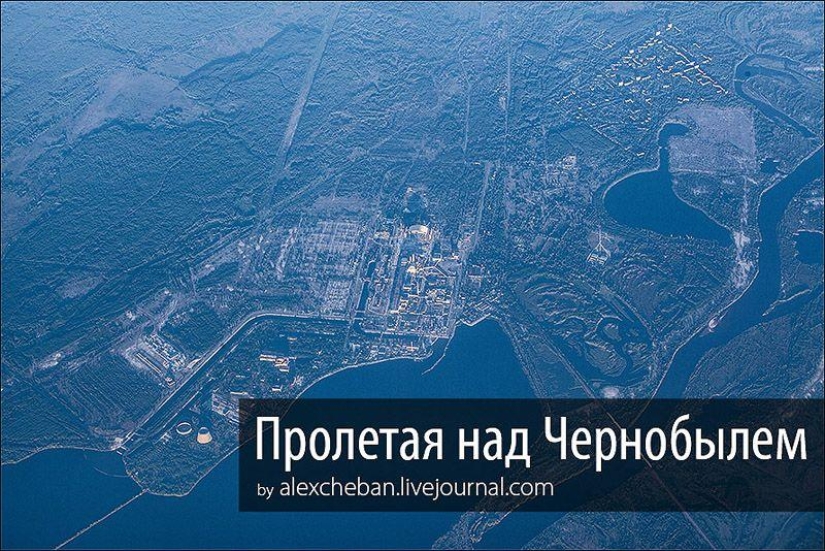
Source: Journal/alexcheban
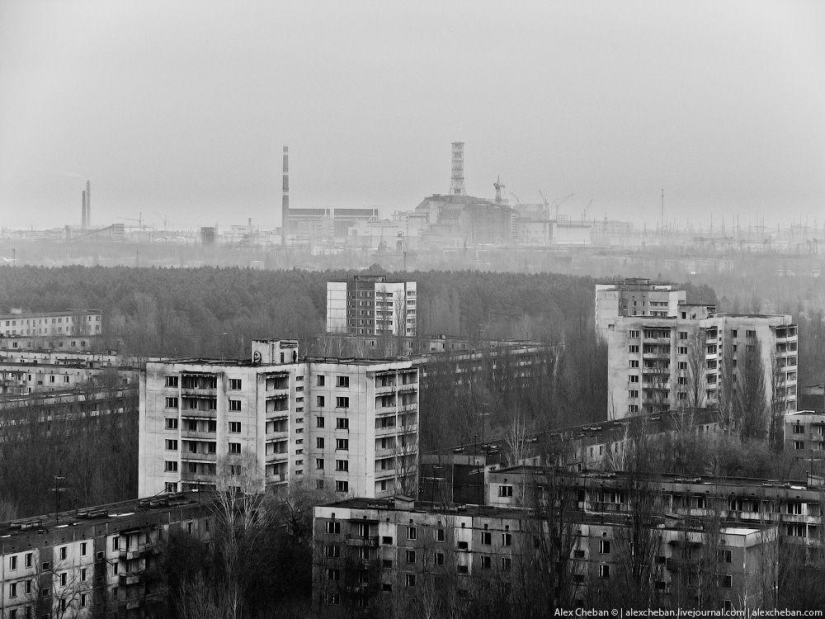
1.

2. Morning fogs over the Kyiv region immediately after takeoff ...
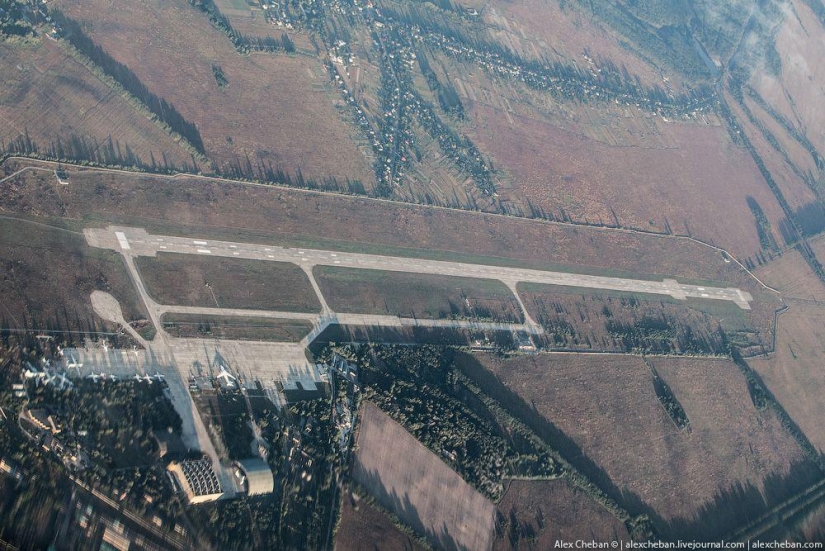
3. Gostomel airfield, the base airport of the world's largest aircraft An-225 "Mriya"
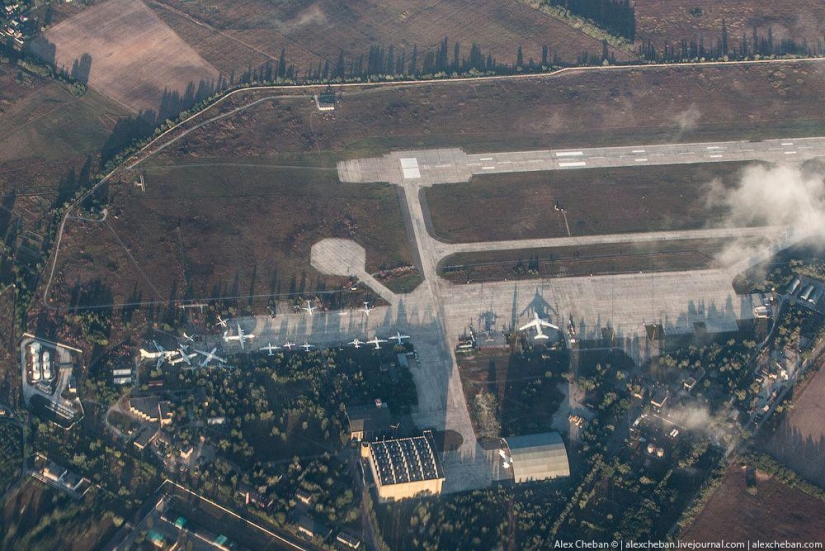
4. Large planes - this is An124 Ruslan, Mriya is flying somewhere ...
Literally 15 minutes after takeoff, I noticed the Chernobyl-2 object, and after another 2-3 minutes I saw the Chernobyl nuclear power plant itself and Pripyat. Very early morning and shooting from a height of 10 thousand meters are not very comparable conditions, so these photos are more of a photo fact than acceptable quality.
Object "Chernobyl-2"
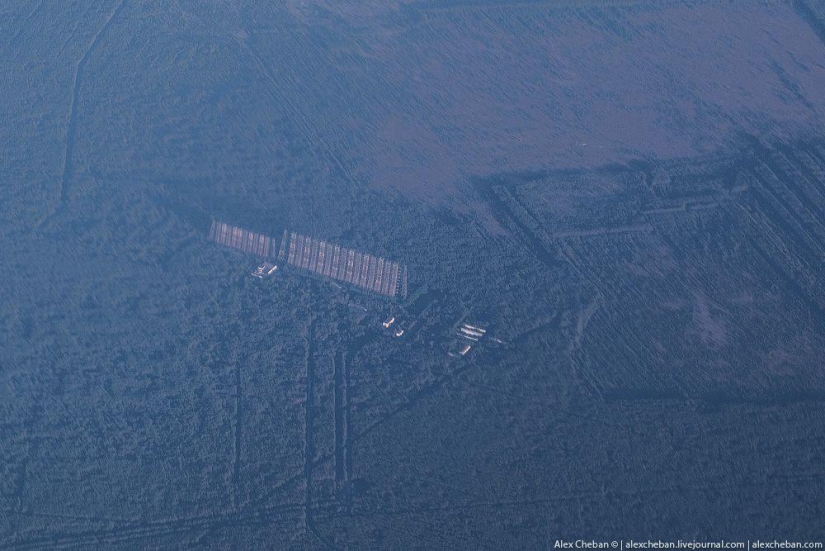
5. 27 years ago, it was a top secret facility that made it possible to monitor the movement of all types of ground targets not only over Europe, but also made it possible to detect potential enemy launches in North America. Thanks to such abilities, this complex was named "Duga-1" (Chernobyl-2 long-distance radio center). According to available information, ZGRLS consumed about 10 megawatts. Obviously, the construction of a ZGRLS near a nuclear power plant is explained by the high energy consumption of the facility.
Date and place of construction of the first ZGRLS: 1975, Komsomolsk-on-Amur. The first experimental inclusion of ZGRLS Chernobyl-2: 1980.
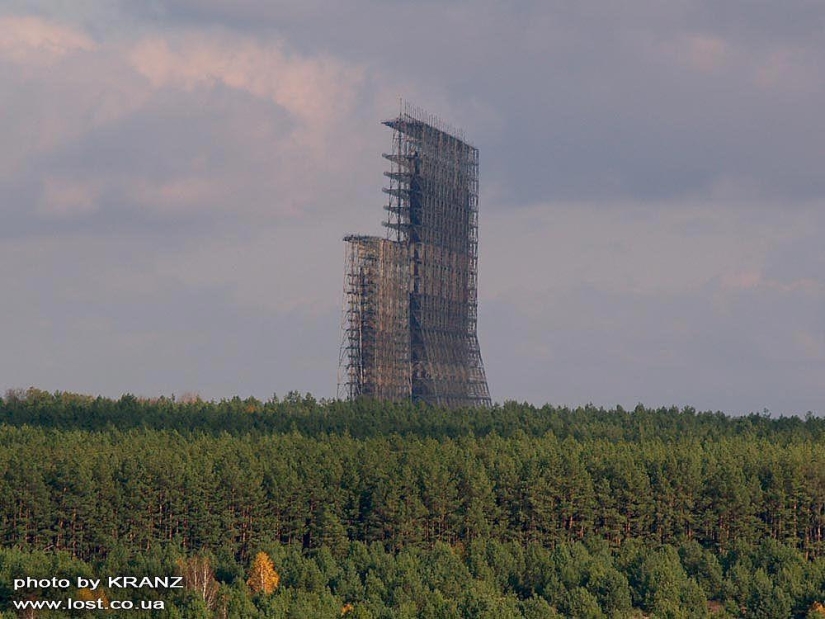
6. According to some sources, the cost of capital investment was seven billion Soviet rubles. For comparison, this is twice as expensive as the construction of the Chernobyl nuclear power plant. Near the radar, built near the city of Chernobyl, a garrison was created, where the military and their families lived.
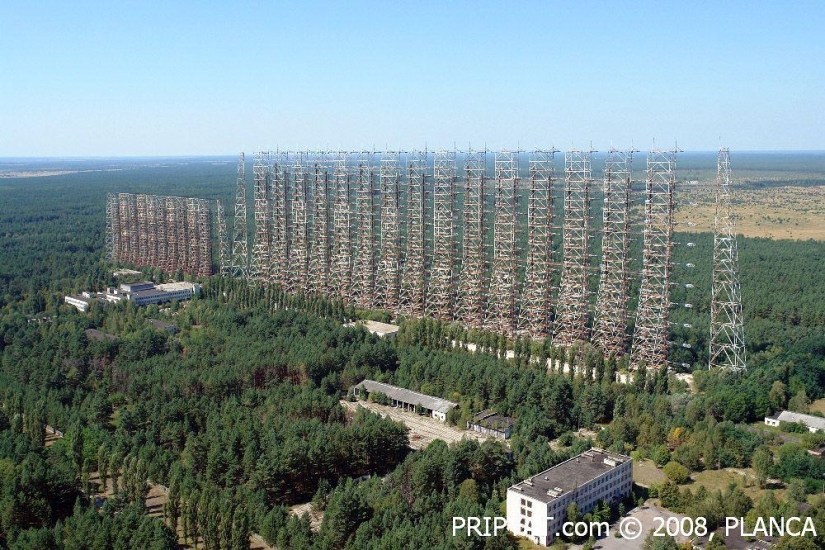
7. The complete closure of the infrastructure of the city of Chernobyl-2 was not carried out immediately: until 1987 it was mothballed. But over time, it became clear that it was impossible to operate it in the conditions of the exclusion zone. The main components of the ZGRLS system were dismantled and taken to Komsomolsk-on-Amur.
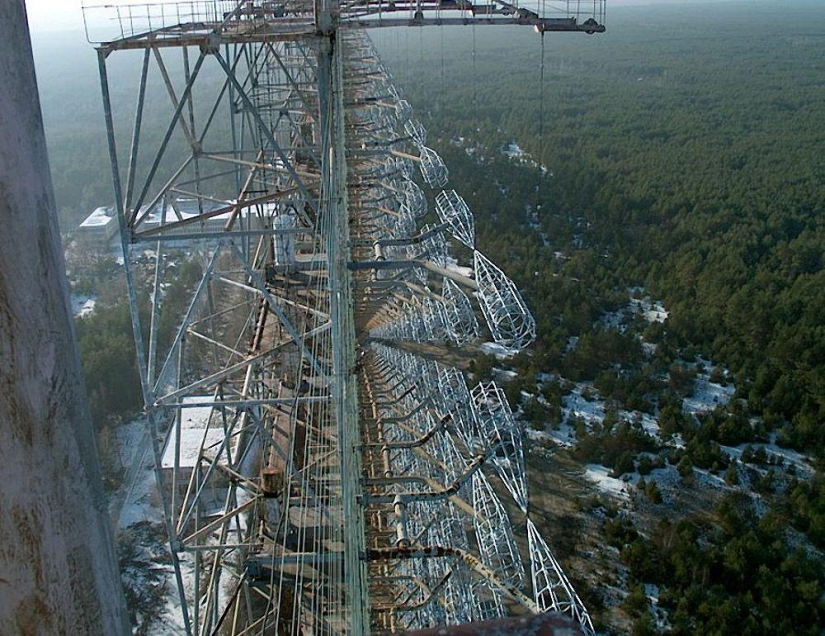
8. In April 2012, five Ukrainian base jumpers jumped from the station for the first time.
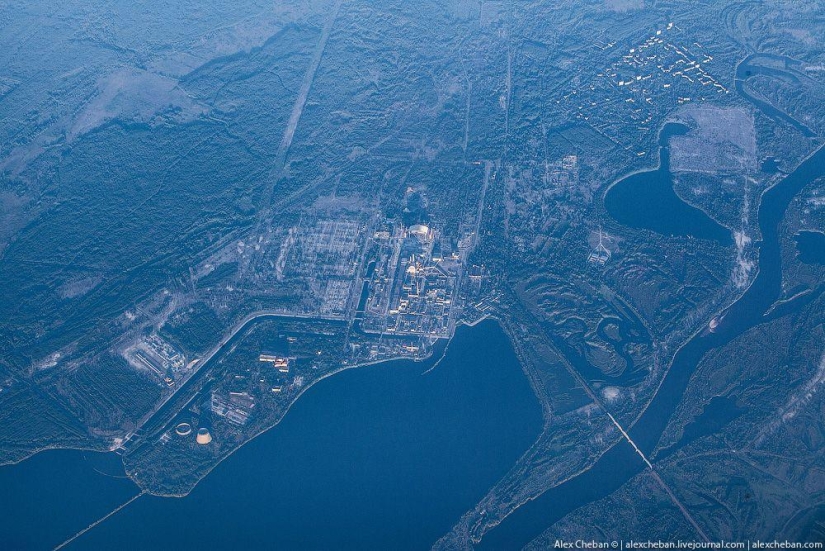
9. And this is the Chernobyl nuclear power plant and the city of Pripyat, just a few kilometers between them
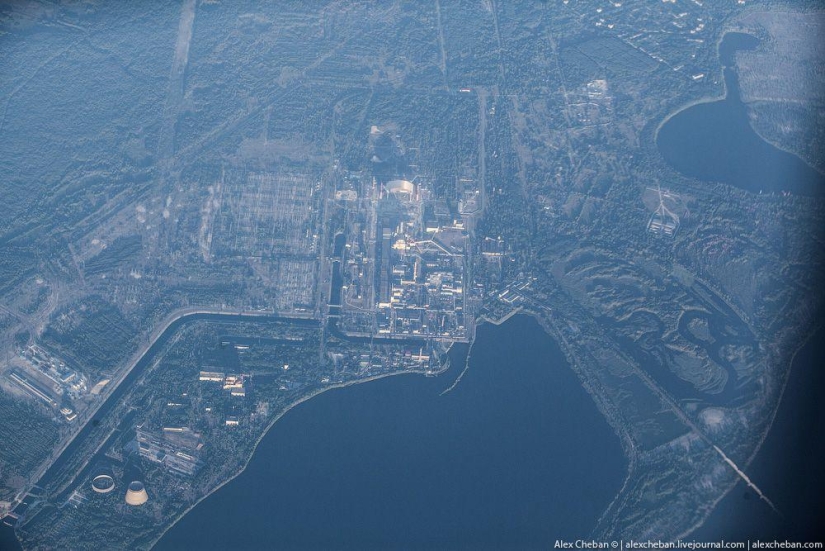
10. A little higher above the nuclear power plant in this picture is the "Red Forest"
As a result of the accident at the Chernobyl nuclear power plant, tens of thousands of hectares of forest experienced powerful radioactive contamination, with a total length of about two kilometers to the west of the station and in the immediate vicinity of the Chernobyl nuclear power plant. According to the degree of radiation exposure, four zones of damage were established. The first zone is the zone of complete destruction of coniferous species with partial damage to deciduous species (the so-called red forest). The levels of absorbed doses (according to scientists' calculations) from external gamma irradiation in 1986-1987 amounted to 8000-10000 rad, with a maximum exposure dose rate of 500 mR/hour and more. The area of this zone is about 4.5 thousand hectares. On the night of the explosion at the 4th power unit, these trees were exposed to the most powerful radiation, which is why they acquired an unnaturally red color.

11. As a result of the Chernobyl accident, tens of thousands of hectares of forest experienced powerful radioactive contamination, with a total length of about two kilometers to the west of the station and in close proximity to the Chernobyl nuclear power plant. According to the degree of radiation exposure, four zones of damage were established. The first zone is the zone of complete destruction of coniferous species with partial damage to deciduous species (the so-called red forest). The levels of absorbed doses (according to scientists' calculations) from external gamma irradiation in 1986-1987 amounted to 8000-10000 rad, with a maximum exposure dose rate of 500 mR/hour and more. The area of this zone is about 4.5 thousand hectares. On the night of the explosion at the 4th power unit, these trees were exposed to the most powerful radiation, which is why they acquired an unnaturally red color.
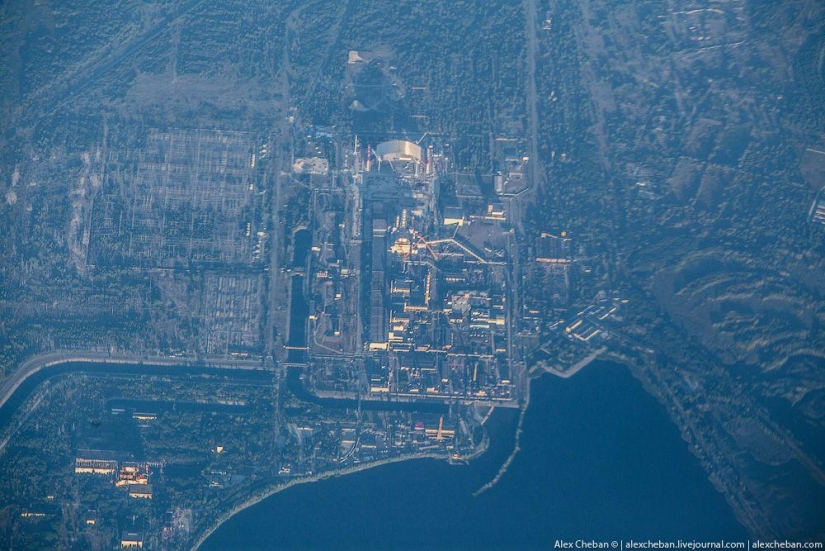
12.
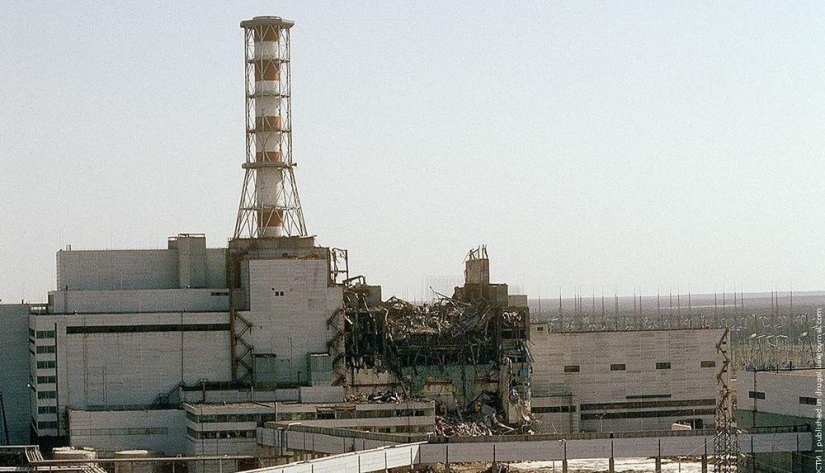
13. This is what the 4th power unit looked like after the accident
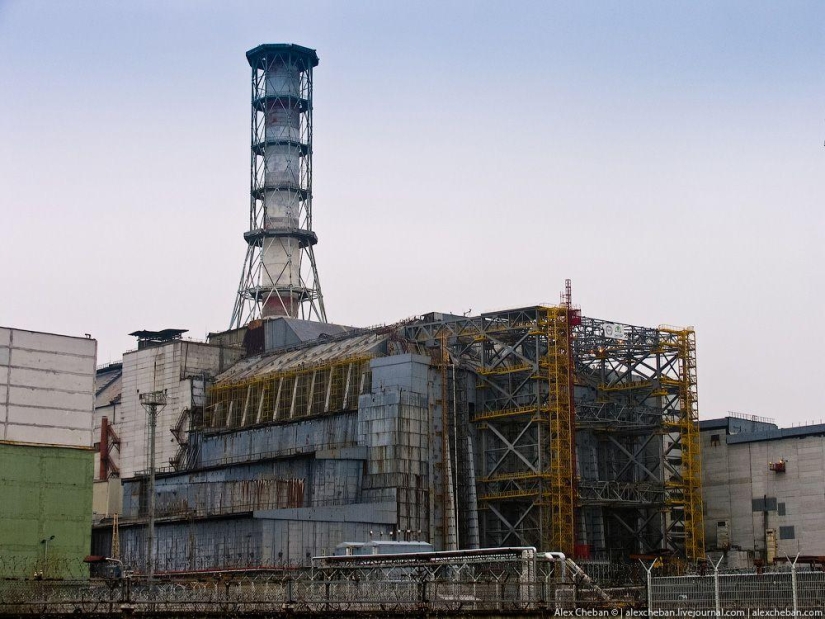
14. This is the 4th Chernobyl power unit and the original "sarcophagus" above it. The construction of the Shelter took 400,000 cubic meters of concrete mix and 7,000 tons of metal structures. It was built in the shortest possible time - 206 days. 90 thousand people were involved in the construction of the Shelter. Later, the structure was given the unofficial name "Sarcophagus".
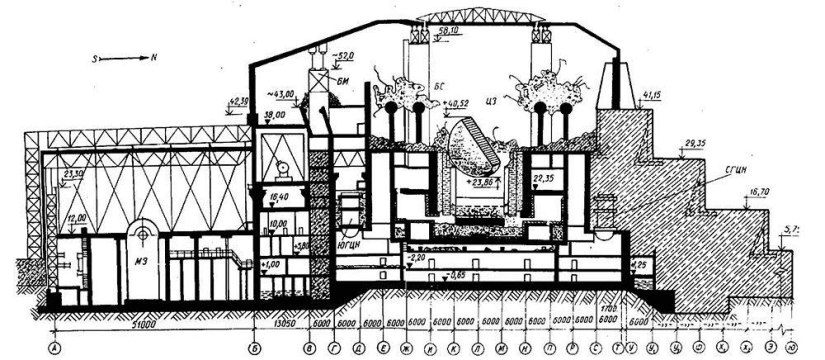
15. Currently, due to the danger of destruction of the sarcophagus over the 4th power unit of the Chernobyl NPP, work is underway to transform the Shelter object into an environmentally safe system. This work is scheduled to be completed in 2015.

16. The new facility will be a solid steel structure 108 m high and 150 m long, which will contain the technological building and auxiliary facilities
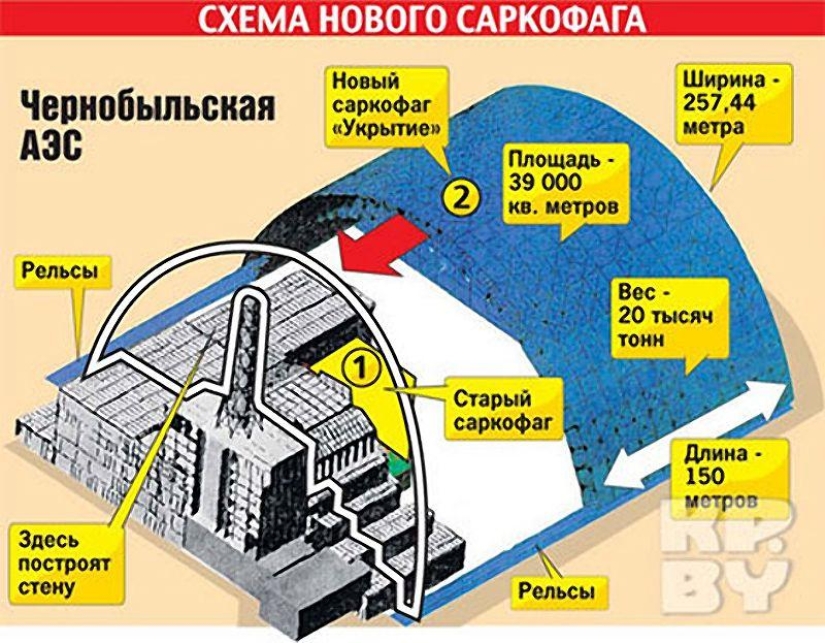
17.
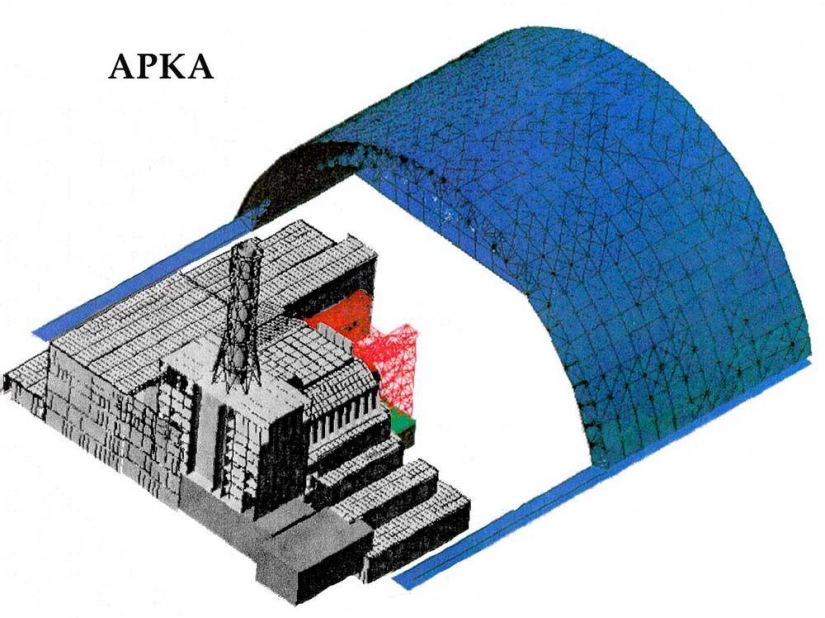
18.
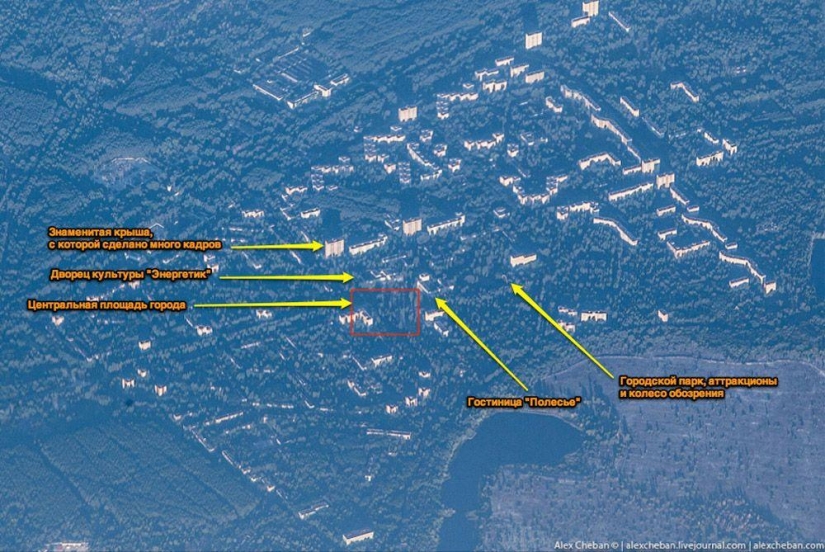
19. And the city of Pripyat
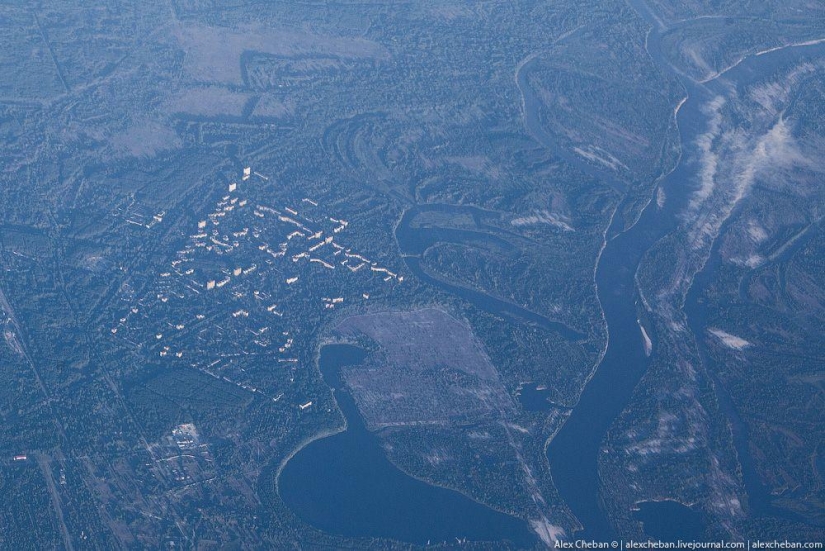
20.
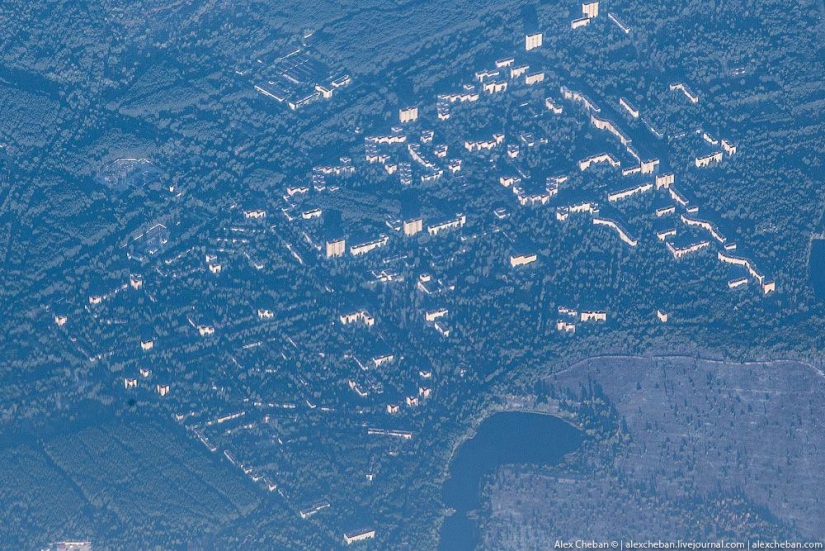
21.
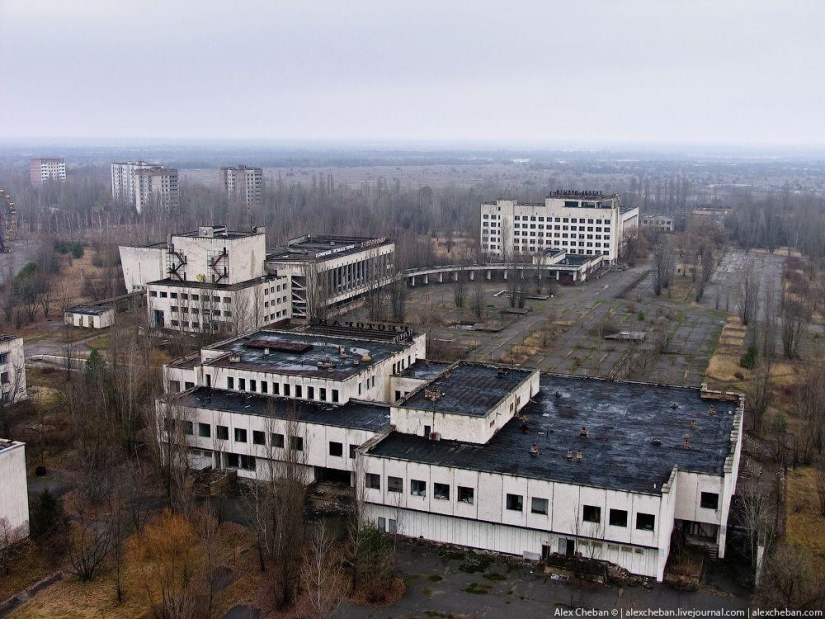
22. The central square of the city of Pripyat (photo from the fourteen-story building, it is now not accessible due to the threat of collapse)
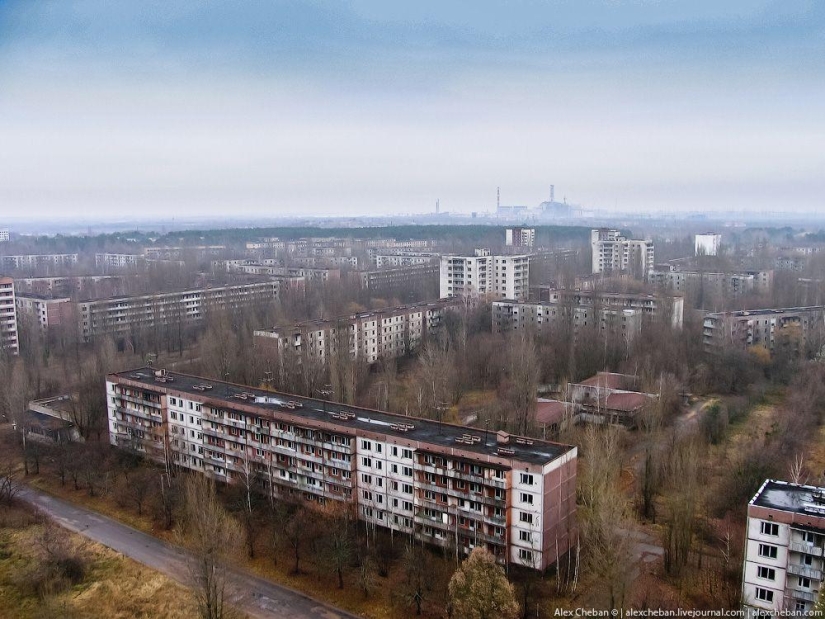
23. Nuclear power plant is very close

24.
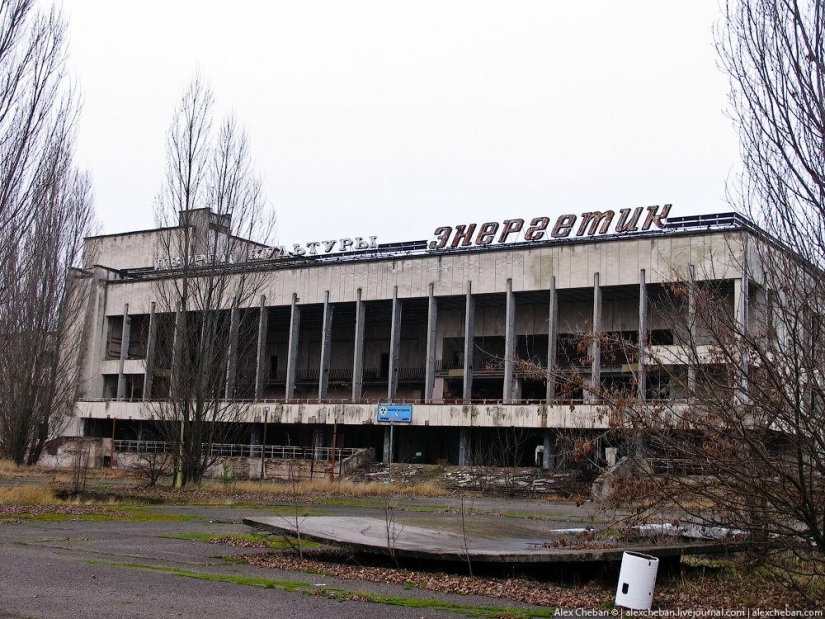
25. Palace of Culture "Energetik"
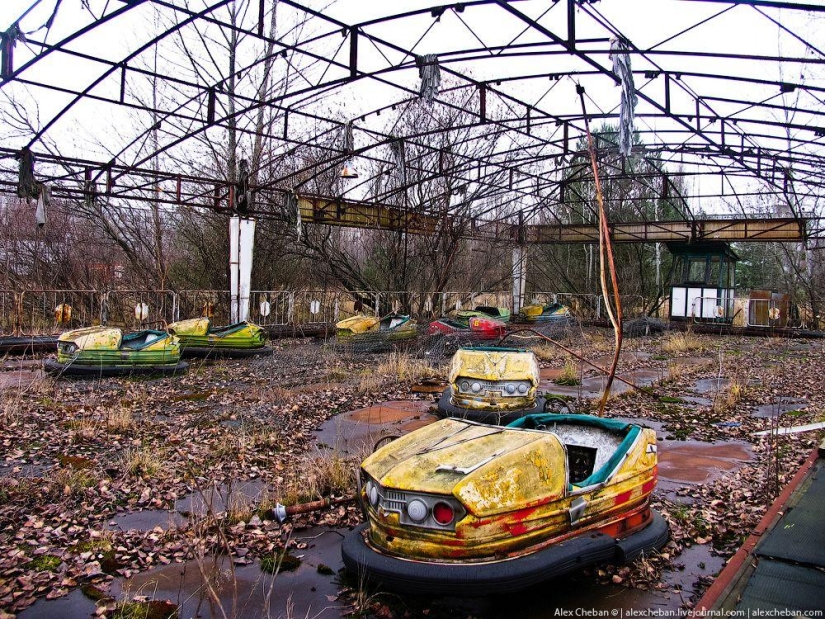
26. Ferris wheel and amusement park
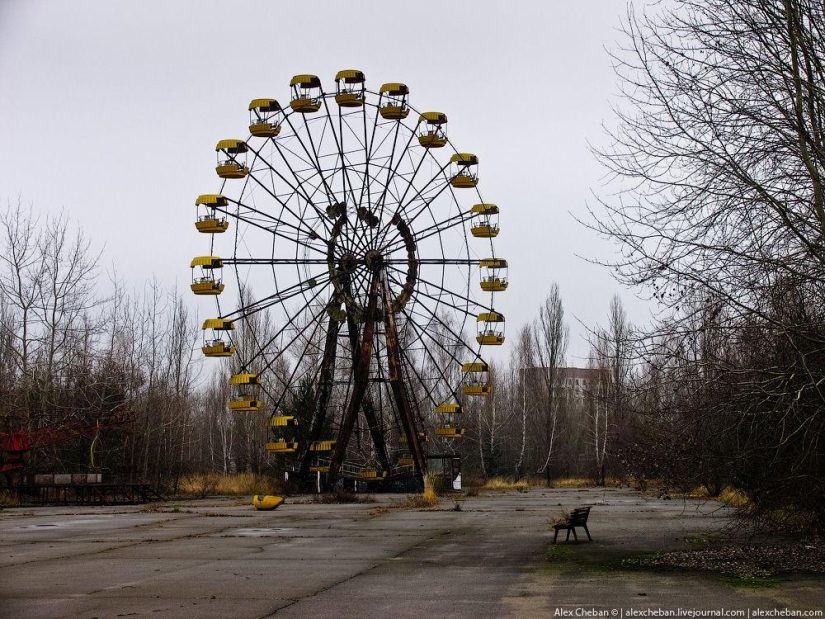
27.
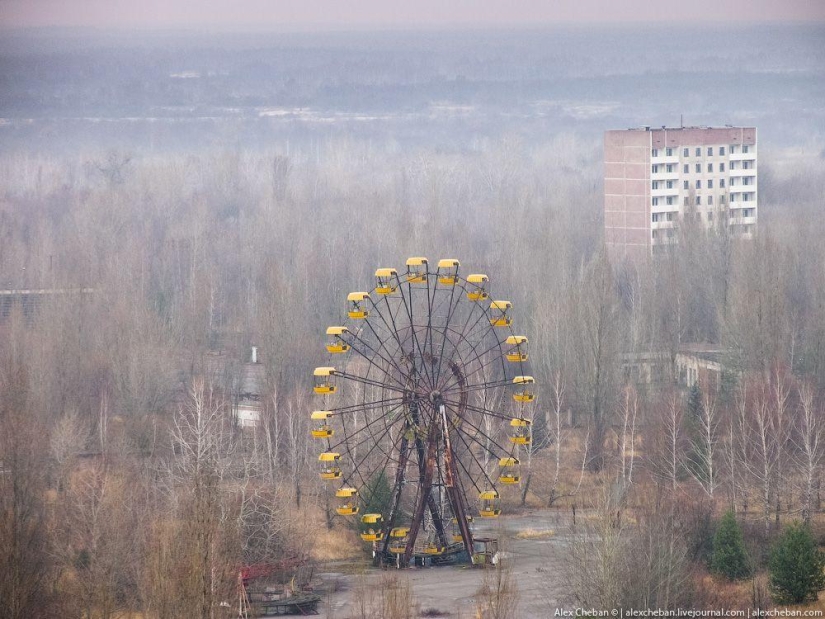
28.
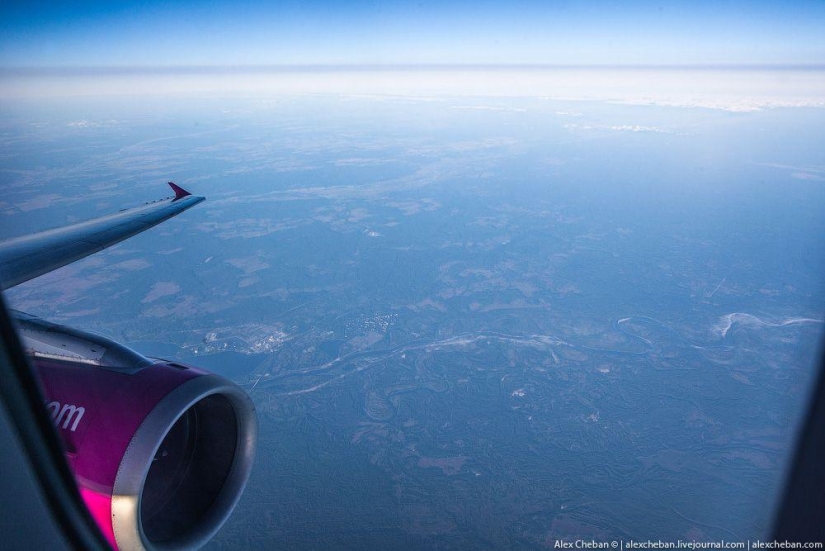
29. Well, we fly further ...
Technical details:
The photos from the plane were taken last week during the flight from Kyiv to Vilnius. I was sitting on the left. You can visit Pripyat, everyone and sundry take excursions there. I was in Pripyat in 2006, the radiation background in the city and at the nuclear power plant is slightly higher than in Kyiv. The city is gradually being replaced by wild forest, so it is better to go there in late autumn, when there is no snow, but there is also no foliage. In summer you won't see anything because of the trees. "Why go there?" - a rhetorical question. In my opinion, this place is just perfect for lovers of all sorts of abandonment. Well, a very interesting phenomenon of the onset of nature to where a person once lived. These photos do not convey, my personal visual impression was incredibly strong.
Keywords: Pripyat | From above | Cheban | Chernobyl
Post News ArticleRecent articles

Many of these foods have become so firmly embedded in our lives that sometimes it seems to us that they grow in packaging right on ...

In 1910 in Venice tried a Russian noblewoman Maria Tarnovskaya, whom journalists called the "Bloody Countess". On account of this ...
Related articles

Perhaps you may have heard about such a thing as nolling. If not, then we explain: this is a way of organizing space, in which ...

Photographer Martynas Jurevicius (Martynas Charevičius) from Vilnius loves his small but proud country. About Lithuania know less ...

A young extreme photographer from New York shows unusual angles of the metropolis. Rufer, named Humza Deas, was only 17 years old ...

A quiet, almost invisible elderly woman, Marilyn Hartman became a nightmare for airport security around the world. Her name became ...